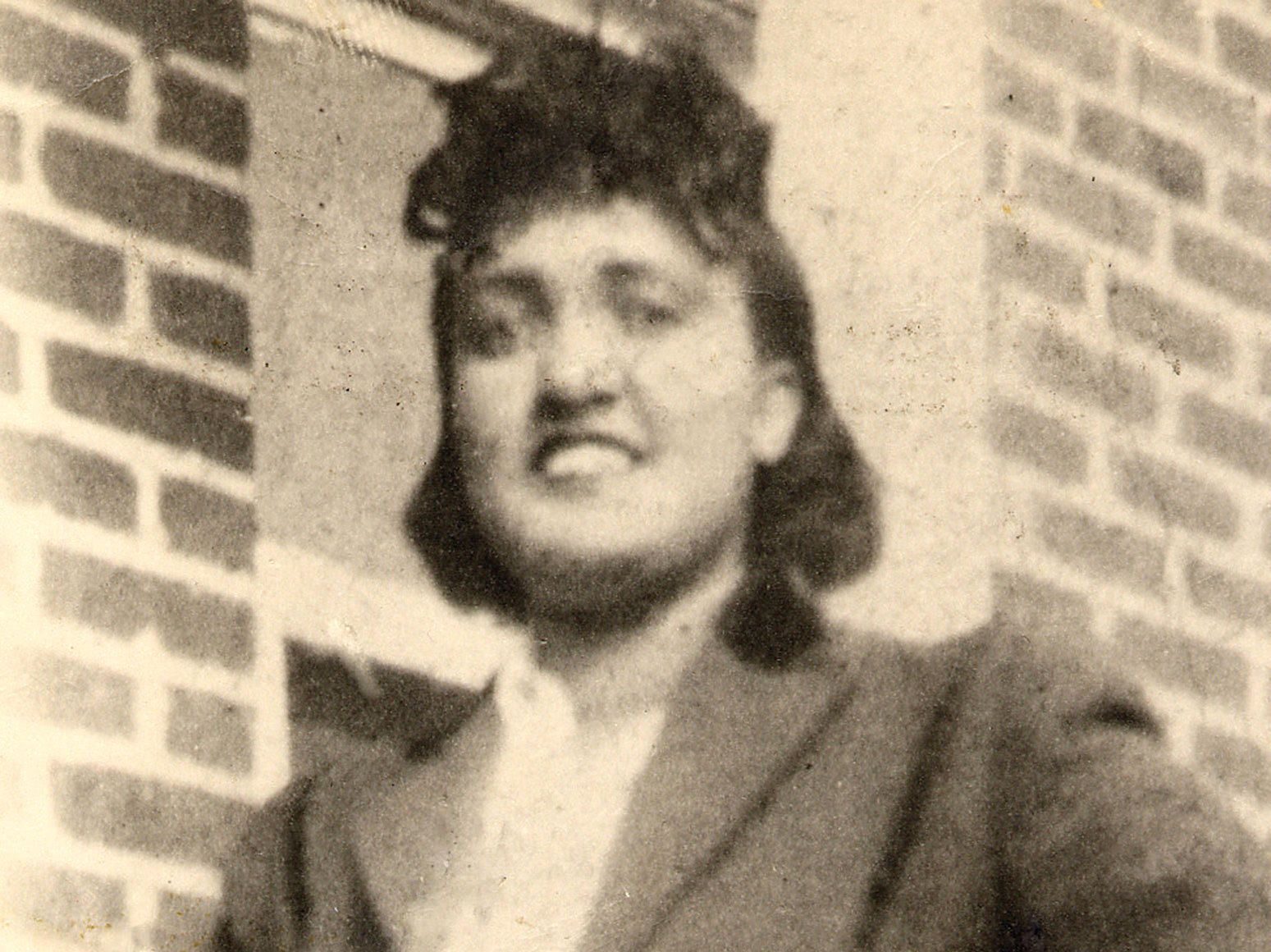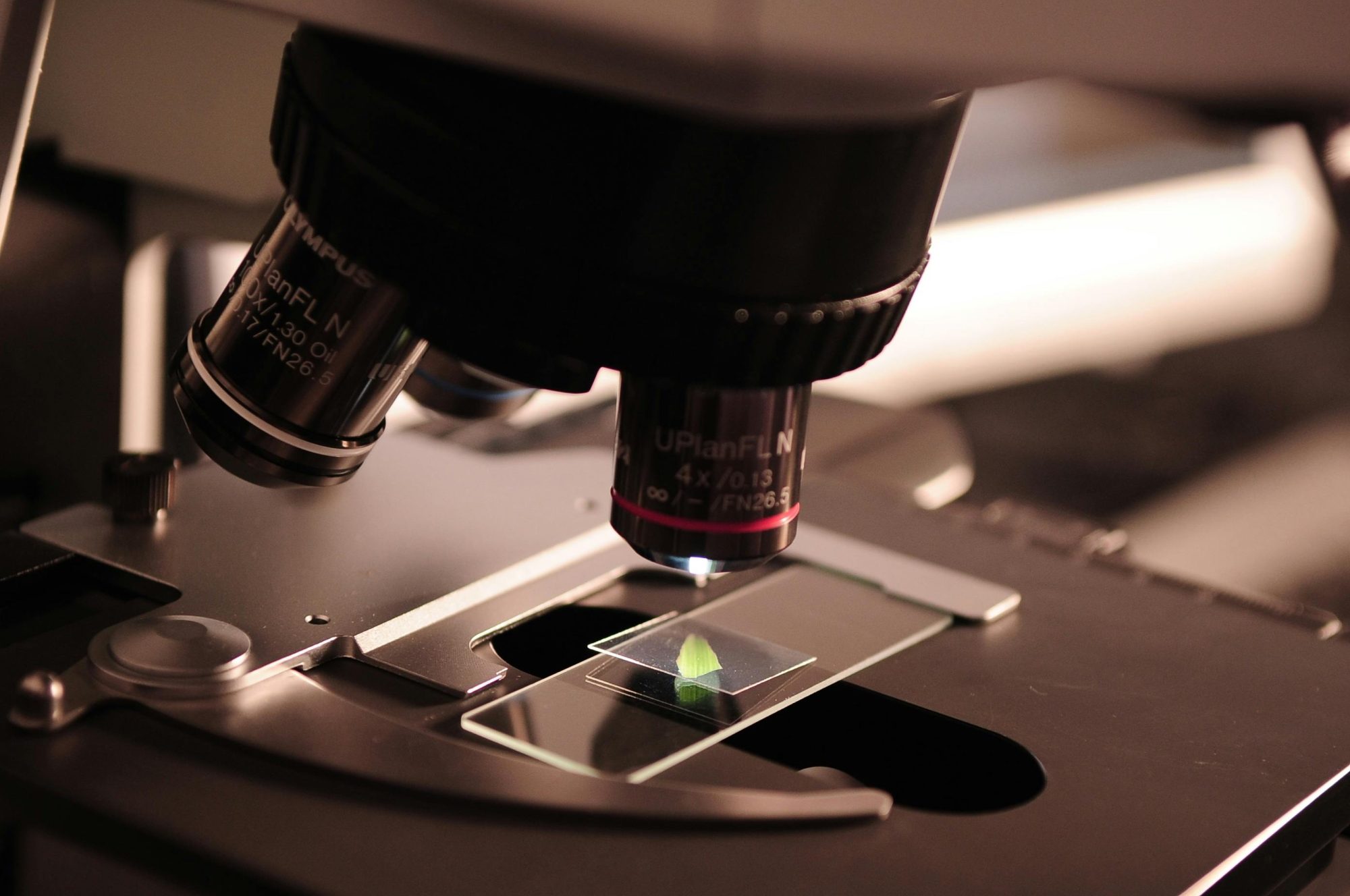
Read more

This text is a transcript of the podcast “Tout savoir sur les essais cliniques” (only available in french).
Preclinical and clinical trials are rigorous, long and require the association of a large number of specialists. In the fifteenth century, the Swiss alchemist doctor Paracelsus had posed the following definition and how visionary: “All things are poison, and nothing is without poison, only the dose makes a thing is not poison”. From this definition, we draw all the potential danger of a drug. In addition, laboratory research techniques have been greatly improved and now make it possible to better determine a possible toxicity of a product. The marketing of a drug is primarily based on the benefit / risk balance, ideally with more and greater benefits than the toxic or side effects. This is why clinical trials on hydroxcholoroquine are carried out on a large scale. As much we had a good knowledge of the effects on people who took this drug, but not on people who presented Covid-19. These patients have particular symptoms, including unfortunately sometimes acute respiratory symptoms which it is not known whether the drug could or could not amplify. In addition, this drug can have effects on the heart. So be careful! This is why the clinical trial, in addition to showing the effectiveness of the product, of hydroxychloroquine like others besides, will have to determine its safety, or at least, its real benefit in relation to possible side effects.
The standards, controls, verifications, measurements, patient follow-ups during clinical trials are very rigorous. History has shown us that many of the drugs that have been shown to be effective have major flaws, making the risk-benefit balance unbalanced. Florian, in his Science podcast which story has already reported many examples. I’ll just take the example of radium which was discovered by Pierre & Marie Curie in 1898. Shortly after its discovery, the medical community used needles and other radium applicators to try to treat tumors and skin cancers . The results are promising, and the use of radium has spread to other sectors such as industry, pharmacology or cosmetics. And it was not until much later that the harmful effects of radium on health were shown. Its use thus became limited in the 1920s. In 1937, this chemical element was banned except in the field of medicine, where its use had become very restricted. It was finally abandoned in 1976 in favor of Iridium-192 and Cesium-137 for radiotherapy. We see here that many lives have been sacrificed and endangered because prior studies had not been done to determine the toxicity of the product. If you want to know more about this story, I advise you to take an interest in the history of Radium girls, workers who worked in watchmaking and who were exposed to radium for their work. Note that the toxicity of Radium was strongly suspected from the start since Marie Curie herself was burned by handling it and her staff wore lead aprons to protect themselves. Hence the idea of creating bodies that gather and cross-check information to best develop good practices, not only in the pharmacy, but also in the industry.
If we forget this health crisis, you should know that it takes a long time to develop a new drug. Out of approximately 10,000 potential drugs undergoing all the necessary tests, only one will ultimately be available to treat patients. In general, scientists study a molecule or mechanism through models: cultured cells, in vitro tests, then tests in animal models, in vivo. These studies have the advantage of measuring many parameters: efficacy, doses, duration of treatment, route of administration, but also possible side effects. Then follows so-called preclinical tests, carried out on different animal models. This essential step to validate the first results obtained and to accurately determine the toxicology of the substance. At the end of these stages, comes the clinical trial phase, carried out only with active molecules and having the lowest toxicity. A clinical trial on a drug aims to highlight or verify the effects and / or to identify any undesirable effect and (or) to study its absorption, distribution, metabolism and excretion to define its effect. and safety of use in humans.
Clinical trials are generally long since they are broken down into a preparation phase (description of the protocols), a validation and authorization phase (in particular by the competent authorities), an inclusion phase (that in which we are for HyCovid, which consists of the inclusion of volunteers for the trial, it is therefore the operational phase) and finally the analysis and publication phase (which will therefore define whether the substance is interesting in becoming a drug).
The clinical studies will make it possible to answer several essential questions concerning the use of the new drug tested:
– questions of pharmacokinetics which aims to determine what becomes of the drug in the human body (absorption, destroyed, how it is distributed in the body, and after how much of you it is eliminated)
– questions of pharmacodynamics which aims to study the effect of an active ingredient on its target but also on the organism (side effects).
Finally, it should be known that the active ingredients are first tested on healthy volunteers (to see the possibly undesirable effects) before carrying them on patients. At the end of these phases I (on healthy volunteers), II (on a small group of patients) and III (on a larger group of patients), marketing authorization is given or not. Then follows a phase 4, which lasts for the duration of the presence of the drug on the market and aims to collect possibly undesirable effects. And that’s what we call pharmacovigilance.